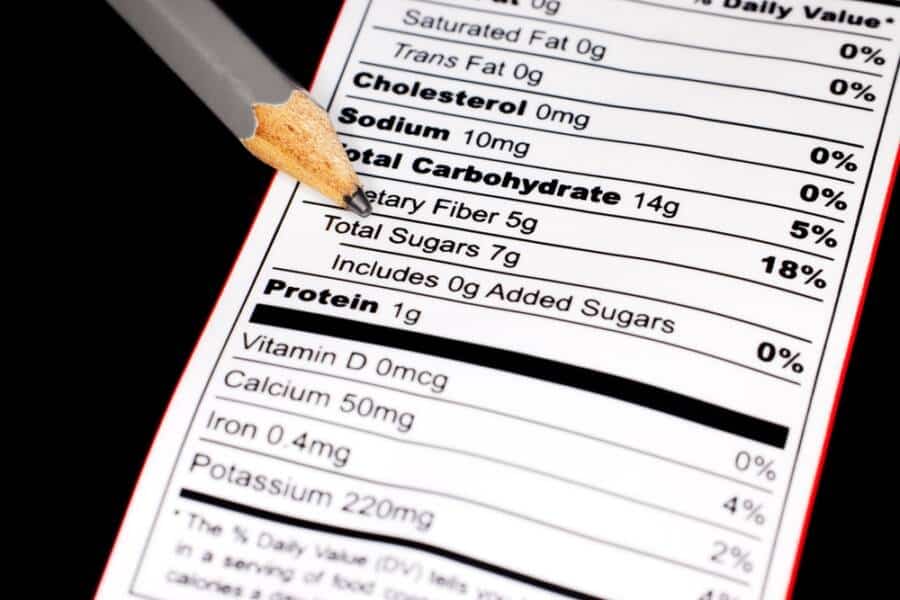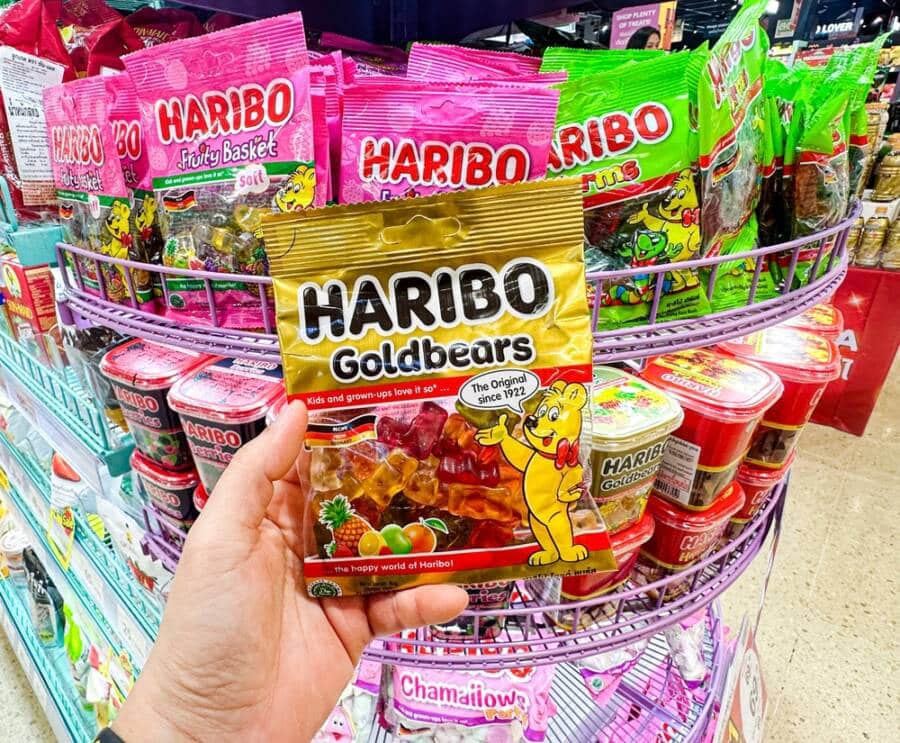Yes, it’s true: many food labels have fake nutrition facts!
Most popular brands have a, let’s call it, passion for sugarcoating (figuratively in this case) their products to make them look healthy. Products claiming to be “sugar-free,” “light,” “low-calorie,” “natural,” “organic,” and a host of other appealing and seemingly advantageous attributes swarm the middle aisles of every grocery store.
The majority of shoppers have set their attention on everything marketed as “healthy” since the COVID-19 epidemic till the present. And of course, major brands are happy about it!
Packages are good-looking, the marketing is great, and sales increase. Food labeling serves two main roles for businesses: first, to guarantee that their products fulfill the minimal requirements governing their packaging and contents; second, and possibly even more important, to encourage customers to pick the items from shelves and buy them.
But because I don’t want to get you bored with a huge introduction, let’s get straight to the topic and see what these fake nutrition facts are and how to avoid getting fooled by major brands into buying their unhealthy products in disguise.

Sugar-free
We can easily start the list of fake nutrition facts with all the products that have a “sugar-free” label. Can we trust it? Is that really true? Hmm… not so much. Let’s see why. Although the phrase implies that goods with this label would be sugar-free, a single serving size of these items may include up to 0.5 grams of sugar. In addition, products labeled as sugar-free could contain more fat to compensate for the flavor and texture that are lost when sugar is eliminated.
In an era where everyone is looking to take measures for a healthier life, putting sugar-free on the label helps sell the products way faster. Even if they all have fake nutrition facts on them…
Low-fat
FDA regulations control the use of the label “low-fat,” stating that goods cannot have more than 3 grams of fat per 50 grams. Foods intended for meals and main courses should have no more than 3 grams of fat per 100 grams, and fat cannot account for more than 30% of total calories.
Made with whole grains
Very few whole grains may be included in the product. Even when refined grains—those that have been crushed into flour—make up the majority of a food item, food manufacturers and packagers are still allowed to declare that the product is prepared with whole grains. Another marketing trick with a ton of fake nutrition facts on the label.
TIP: Look over the ingredients list; if whole grains aren’t included among the first three, they aren’t there in significant amounts.
Gluten-free
This is so unfortunate, especially for those individuals who are actually dealing with gluten intolerance. Simply put, there is no wheat, spelt, rye, or barley in the product. Unhealthy fats and sugars are abundant in gluten-free meals that are heavily processed. A product can only bear the gluten-free label if its gluten content is less than 20 parts per million.
Light
Foods with the designation “light” just need to measure up to the average for that category; they don’t need to fulfill any requirements on their own. For instance, a light bread just needs to be better than the typical bread; it doesn’t need to adhere to strict requirements for its calorie, fat, or cholesterol content.
Light goods undergo processing to lower fat or calorie content. Certain items are only diluted. Take extra care to check whether anything has been put in its place, such as sugar.

Fruit-flavored
When a product is labeled as having a fruit taste, it probably contains actual fruit flavoring. That being said, this isn’t always the case. Rather, these dishes are usually flavored with artificial fruit flavors.
It’s important to keep in mind that the FDA does not impose any restrictions on the amount of fruit that may be found in products with the claim “made with real fruit,” therefore this label does not guarantee that the product really includes any fruit. According to various research, most products on the market that have this text on the label don’t even contain fruit, only a couple of harmful chemicals that resemble the taste of real fruits.
Low-calorie
This is one of the fake nutrition facts on food labels that attracts people like crazy. Especially for those who are actively trying to do something about their weight or for those who want to enter a fitness lifestyle. However, there is a catch with these “low-calorie” foods.
Products labeled as low-calorie must have one-third fewer calories than the brand’s original offering. However, in most cases, a low-calorie version from one brand could include the same number of calories as the original from another. So, it’s better to stay away from these products as much as possible.
Low-carb
Low-carb diets have been associated in recent years with better health and quicker weight loss. But like processed low-fat meals, low-carb processed foods are typically still processed junk food. So, it would be wiser to consult with a nutritionist or a doctor and find out about good and bad carbohydrates rather than purchasing meals that are promoted like this. You will then be able to choose which whole foods to incorporate into your diet regularly.
No cholesterol
According to the FDA, food products, whether they are meals or snacks, that are marketed as cholesterol-free are not allowed to include more than 2 milligrams of cholesterol per serving size. So it is fair for people to assume that foods with the label “cholesterol-free” will contain no cholesterol, right? This isn’t always the case, though, as substances that contain cholesterol can be utilized to make foods that are cholesterol-free as long as they are labeled as such.
Are you interested in finding out more about labels on the products you’re shopping for? Food Labels Decoded: Demystifying Nutrition and Ingredient Information on Packaged Foods. A Guide to Understanding Food Labels is a book that will help you grasp the information about ingredients on food labels. As you can see, there are a ton of fake nutrition facts written on our favorite products’s labels, but by reading this book, you will learn how to read food labels, navigate lengthy and complicated ingredient lists, and make healthier, more nutritious meals.
Bottom line:
The conclusion is that probably one of the best tips on how to avoid getting fooled by brands is to completely ignore all these fake nutrition facts written on the front of the packaging. They are destined to mislead, lure, and trick you into actually buying that product.
And because we were advised to read the labels before buying anything, consumers believe a product may be healthier because its label says so compared to the same product that doesn’t list any of its content.
Avoiding processed foods entirely is the greatest way to prevent being tricked by product labels. Whole and natural foods don’t require an ingredient list, after all. Nevertheless, if you do want to purchase packaged meals, make sure to use the useful advice in this article to separate the lesser goods from the superior ones.
You may also like 10 Gender Restrictions Women Faced in the 1960s.








